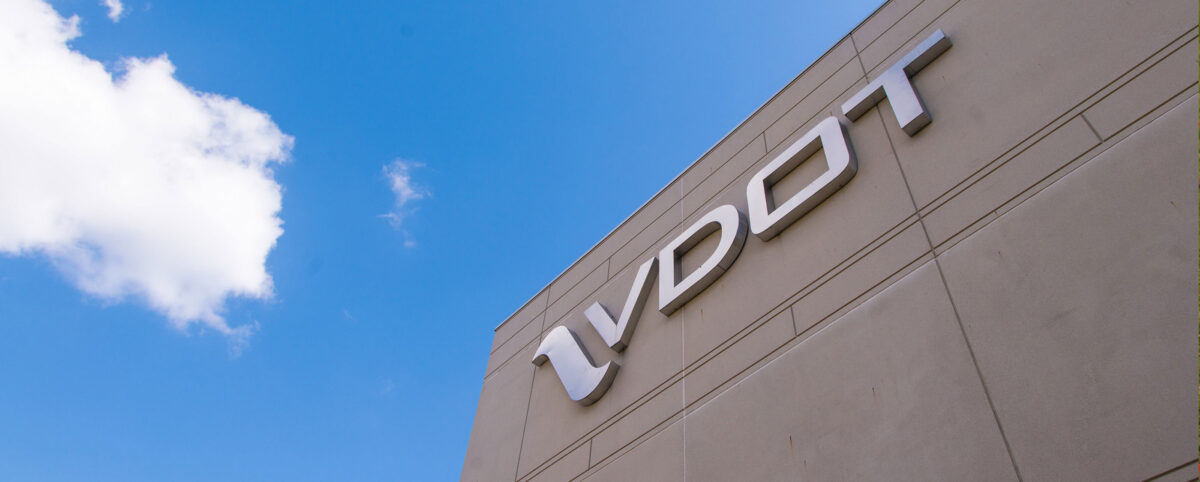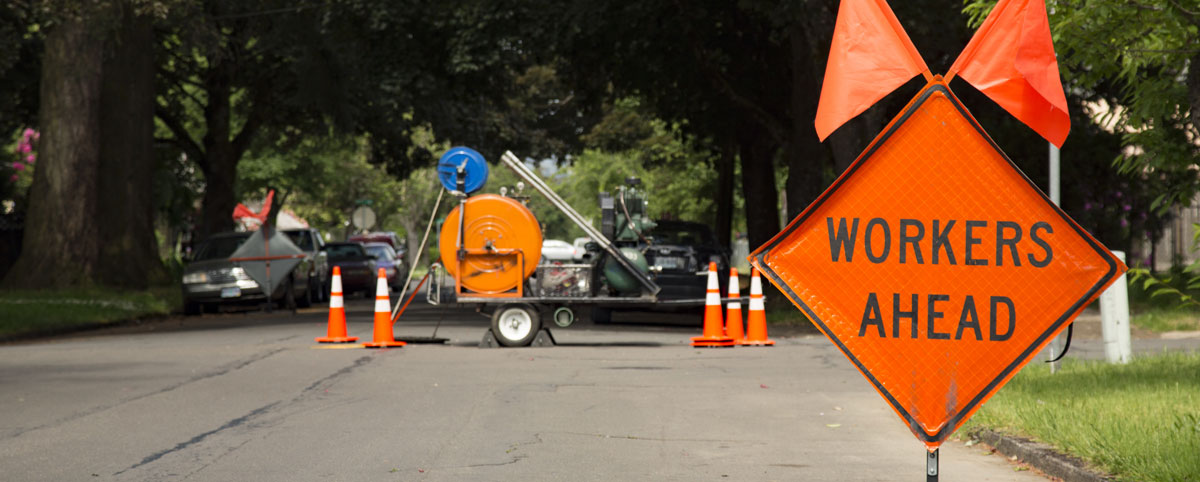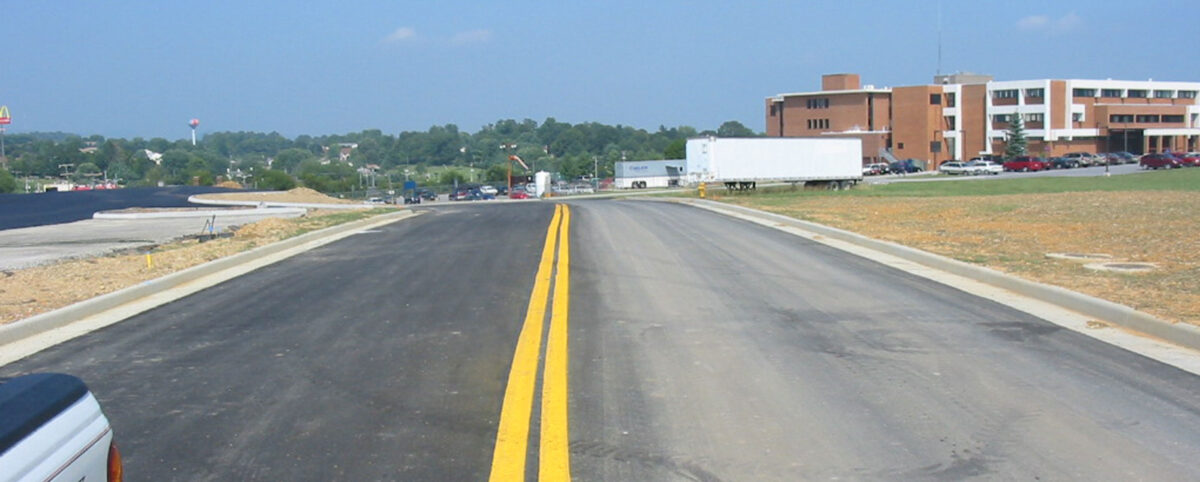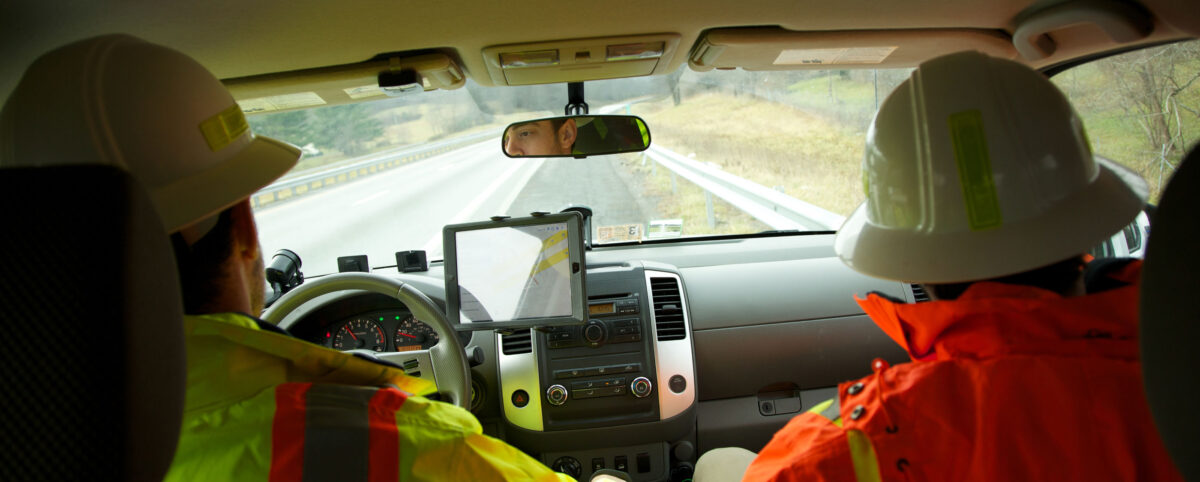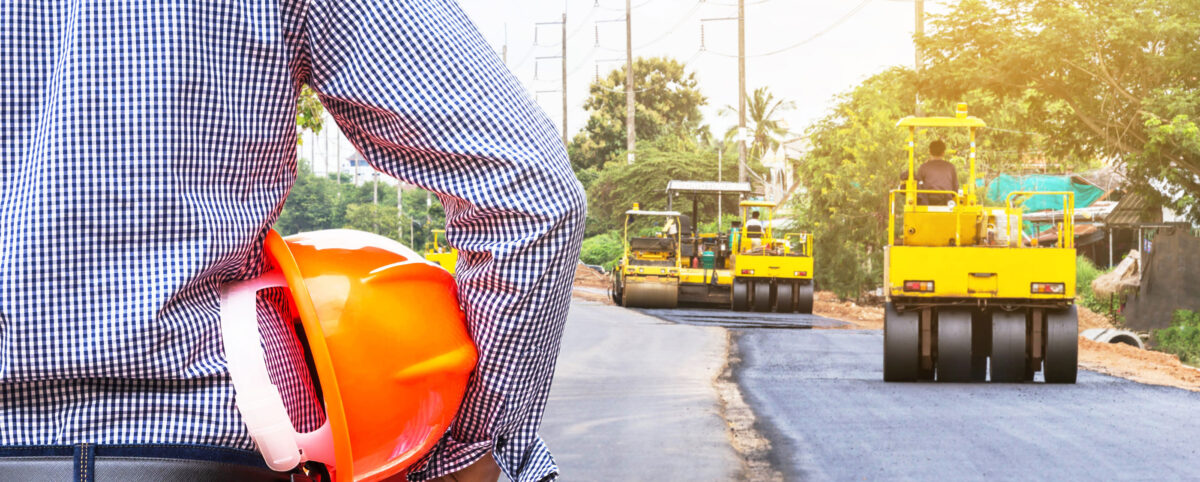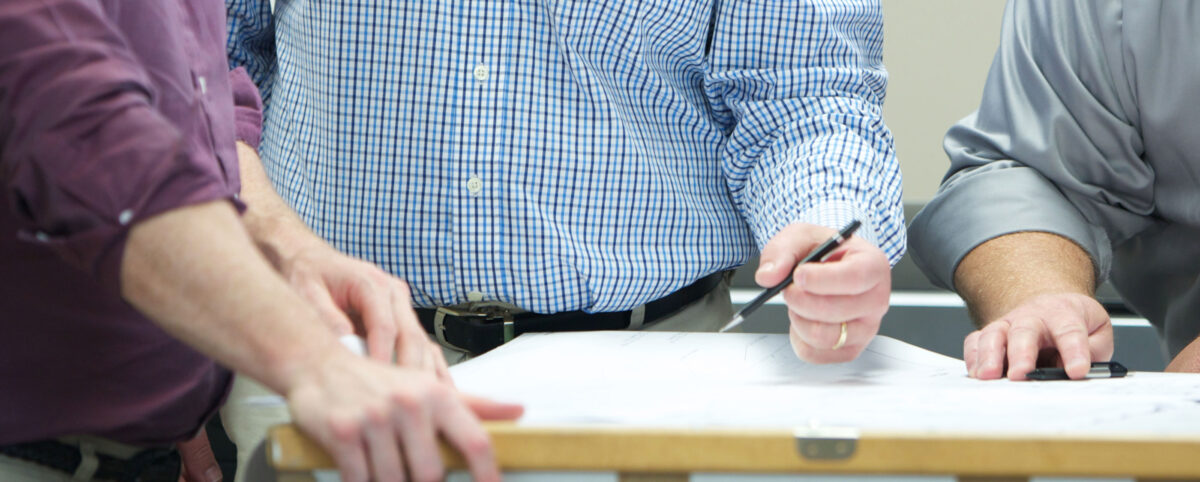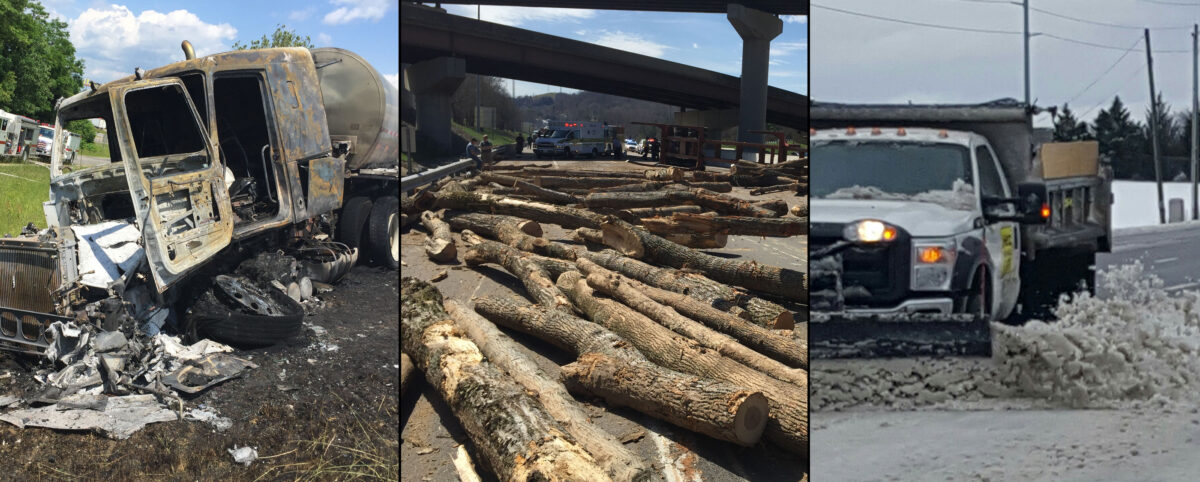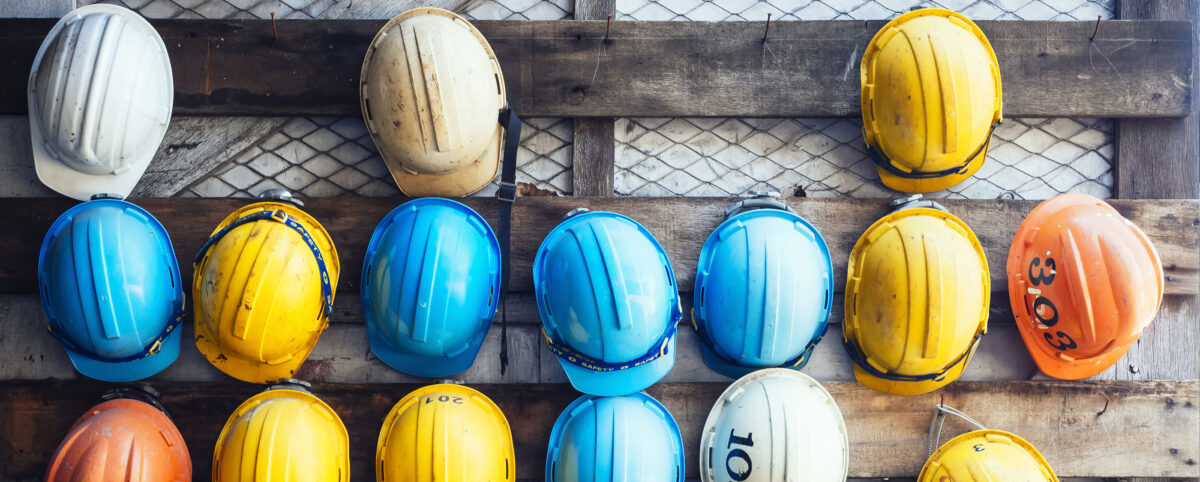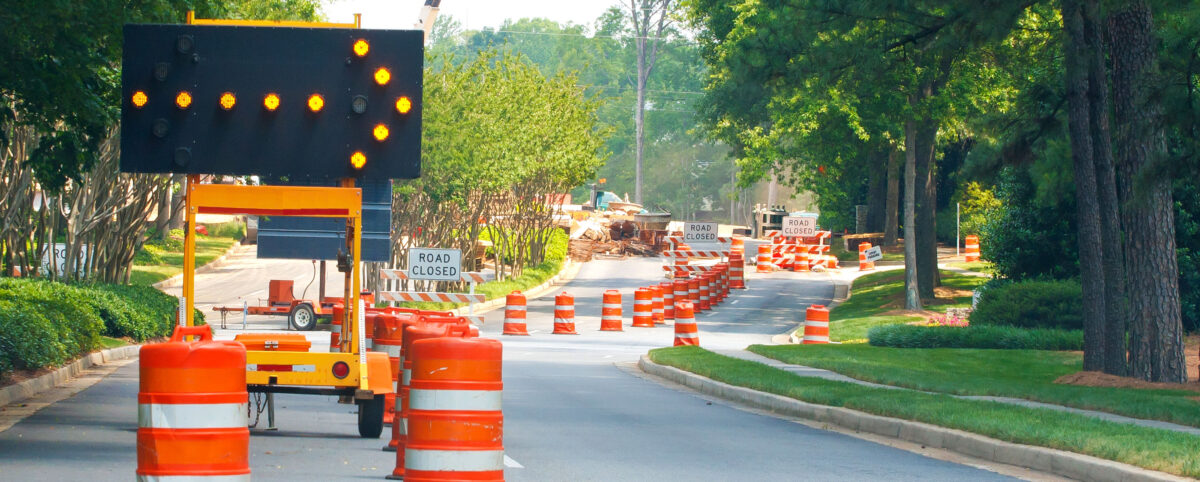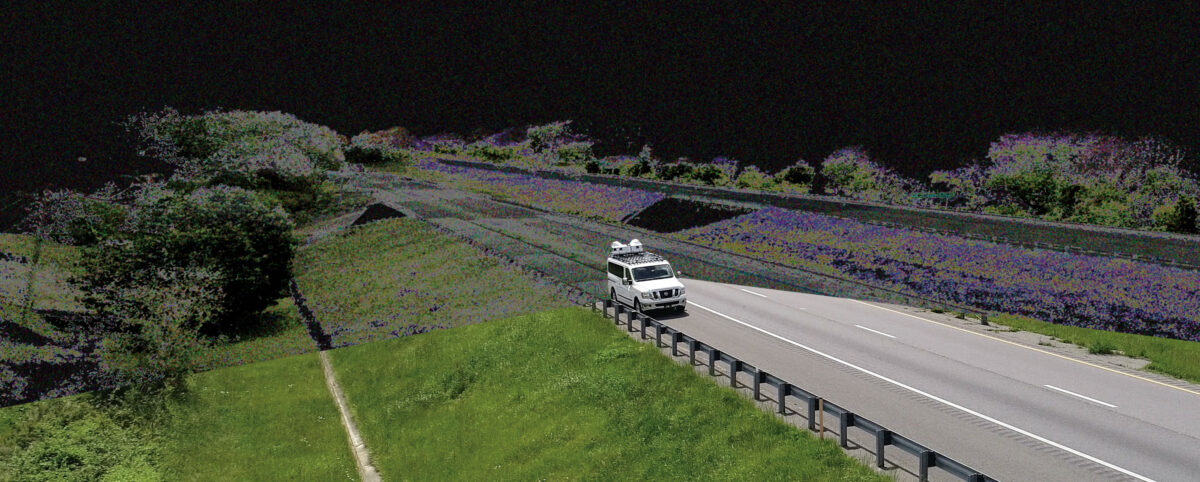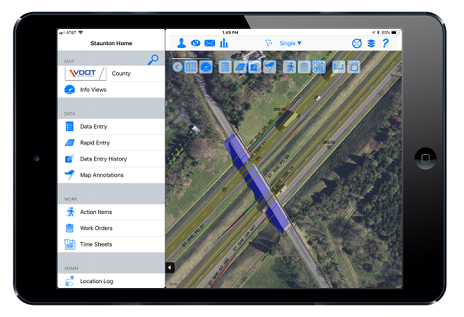The Virginia Department of Transportation (VDOT) awarded Pillar the contract for Statewide Maintenance Consulting Services for the third consecutive time.
The Statewide Maintenance Consulting Services contract was established so VDOT can call on experienced firms for Roadway Maintenance Consulting and Staff Augmentation related services. It provides for additional support for Maintenance Contract Development and Management, Roadway Inspection Services, the Development of Manuals, Standard Operating Procedures, Reporting, Quality Assurance and any other non-professional service of Virginia’s Roadway Maintenance Planning and Development Program. While it is administered by the Maintenance Contract Management Program section in the Maintenance Division at Central Office, the contractor is expected to work at any location statewide.
Over the past two contracts covering the previous nine and a half years, we have developed a trusted partnership with VDOT by bringing maintenance consulting and staff augmentation services in eight of the nine VDOT districts with over 96 task orders completed throughout the Commonwealth.
We look forward to working at length with VDOT as our new contract spans for 3 years, with a 2-year renewal option. The entire Pillar team is eager to support and enhance maintenance operations throughout Virginia in our valued partnership with VDOT. Discover what Pillar can do for you and contact us for a comprehensive program review.

